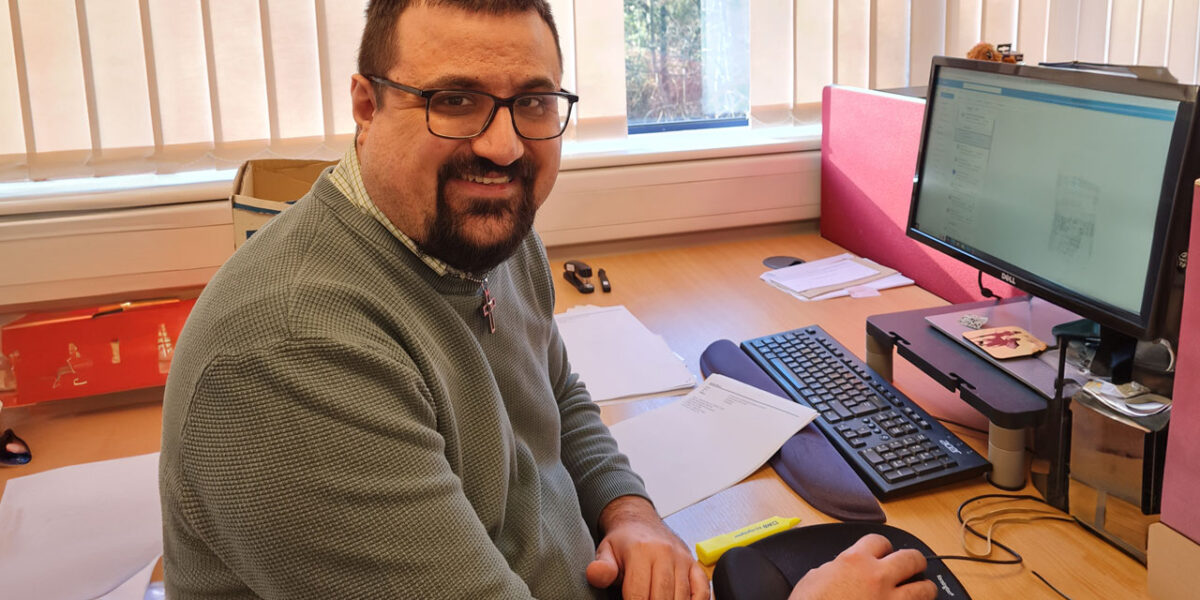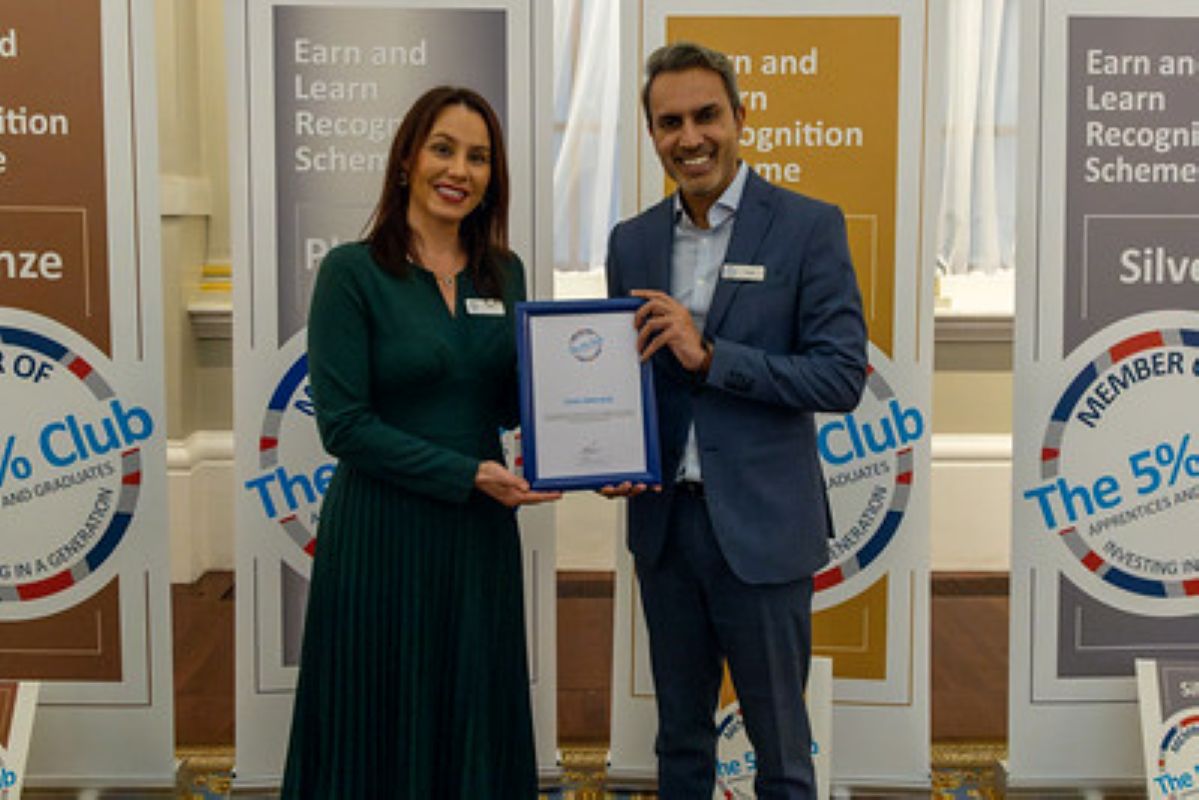World Productivity Day 2022: Slow and steady wins the race

Today (20th June) marks World Productivity Day: An annual event to recognise the importance of and share best practices for being productive. As we continue to adapt to the new world of flexible working, productivity has changed for many – no longer measured on how much you get done in the office between the hours of 9am and 5pm.
To coincide with World Productivity Day, FE News spoke to nine industry experts to find out what productivity means to them and how it can be maximised in 2022.
Productivity in a flexible world
Although many consider productivity to be operating at 100% capacity, Terry Storrar, Managing Director UK at Leaseweb, reminds us that “the reality of everyday life is that staying productive can be a serious challenge. It often requires copious amounts of energy and focus that we don’t always have and can make maintaining a healthy work/life balance feel impossible. It’s important to remember that being productive shouldn’t mean doing more than you’re capable of, or working to the point of burnout. True productivity is about being efficient, streamlining processes, and prioritising what really matters.”
This perspective on productivity has never been more important than in the current climate of hybrid and flexible working. As Steve Turner, Chief Operating Officer at Totalmobile, notes: “In our fast paced, digital age, the meaning of productivity is constantly changing and evolving. As we battled through the pandemic there was a huge focus on productivity in essential sectors, such as utilities and social care which were faced with high demand and skeleton workforces. Now, with the establishment of hybrid and remote working, the new focus for 2022 is on improving productivity and employee wellbeing in a home working environment.”
“I’ve always been a champion of remote and hybrid working,” adds Kathryn Barnes, Employment Counsel EMEA at Globalization Partners. “You get more out of your employees when companies work flexibly, that’s been proven time and time again. Indeed, recent research from PowWowNow found that nearly three-quarters (73%) of UK employees feel that they would be more productive if they could spend time working flexibly, with 40% of decision-makers agreeing that the biggest benefit experienced during lockdown was being more productive due to the absence of their commutes.””
However, Dave Birchall, Chief People Officer at Node4, champions that “ultimately, different working environments and different roles work for different people. Whilst one role, team or specific activity may be more productive in a home office, others may thrive in a busy, collaborative working space. A dispersed and diverse workforce can be a big challenge for business leaders, but prioritising employee engagement in a flexible environment helps ensure productivity and engagement for all.”
Give your productivity a boost
Amongst adapting to hybrid working and the other changes enforced by the pandemic, organisations are also battling with ever-growing workloads. Under pressure to be as productive as possible, many businesses are turning to “as-a-service tools that can automate time-consuming tasks, as well as improve collaboration and communication,” explains Michael Queenan, CEO and Co-Founder of Nephos Technologies. “We encourage businesses to evaluate which time-consuming tasks are overwhelming their employees and operationalise them to restore productivity and reap the benefits that will deliver.”
Cybersecurity is another key area that can use a productivity boost – the growth of cyber attacks has arguably slown everyone down as they take extra care wading through traps laid by cybercriminals.
“The process of protecting your data by creating an extra copy is one thing, but organisations need a disaster recovery plan that focuses on limiting downtime and restoring operations in minutes or seconds, not days or weeks,” explains Christopher Rogers, Technology Evangelist at Zerto, a Hewlett Packard Enterprise company. “Companies should consider supplementing legacy data protection and moving to continuous data protection (CDP). It’s also good practice to centre a recovery plan around the applications, not simply the data that make up an application.”
“Businesses must pre-emptively not only expect an attack, but bolster their ability to recover quickly and minimise disruption and data loss. Protection alone is not enough, A recovery plan is critical for every cyber strategy. Productivity may be the key to success, but IT resilience could be the key to productivity.”
Samantha Humphries, Head of Security Strategy EMEA at Exabeam, agrees that “empowering employees with security tools and resources can help boost analyst team productivity, rewarding them with better management software and visibility into all of the alerts, and channel focus on specific types of alerts that demand time and expertise. To paraphrase George Orwell’s Animal Farm, ‘all alerts are equal, but some are more equal than others’… investing in the right technology can help reduce the risk of burnout, improve productivity, and ultimately help security professionals spend time on the alerts that really matter.”
However, Russell Gammon, Chief Solutions Officer at Tax Systems, stresses that relying on tools and automation to do the jobs for you are not always the best way to boost productivity. As he explains,
“whilst this can be valuable to more experienced teams, the idea that productivity equals speed overlooks the importance of work-based learning, which can be equally as powerful for promoting the long-term productivity of the labour force. If all manual tasks are automated, junior team members will never learn and understand the processes behind them, which could see them struggle in the long run.”
“Automation is not always synonymous with productivity and not everyone considers it a benefit. This World Productivity Day, we encourage business leaders to evaluate what productivity means to them and how to best encourage it amongst the workforce – whatever form this may take!”
To conclude, Markeith Allen, Senior Vice President and Managing Director of Mission Driven Organisations at Diligent, provides a checklist of practices are indicative of high board productivity and effectiveness:
1. Embrace technology
A critical first step in building board effectiveness today is helping boards overcome cyber anxiety. The topic of IT is intimidating to some, so approaching the tenets of good governance from a digital perspective can be reassuring — and even enticing.
2. Be intentional about how the board works
There is a close connection between board effectiveness and clarity about how the board does its work. This includes factors such as the people involved, board culture, decision making processes, and board structure. Various elements of effective board process include strong communication, efficiency and engagement.
3. Recruit strategically
Having the right people around the table is paramount. Board composition must reflect the organisation’s diversity needs in terms of skill sets, perspective, experience, and demographics (including ethnicity, race, level of experience, gender, geography, and more). Board composition also should represent constituent voices and align with strategic goals.
4. Practice governance
The practice of governance involves more than meeting preparation and attendance, financial contributions, and oversight. Some key practices that lead to greater board effectiveness are framing board and committee meeting agendas for governance, setting realistic expectations through detailed job descriptions, and conducting annual board member self-assessments.











Responses